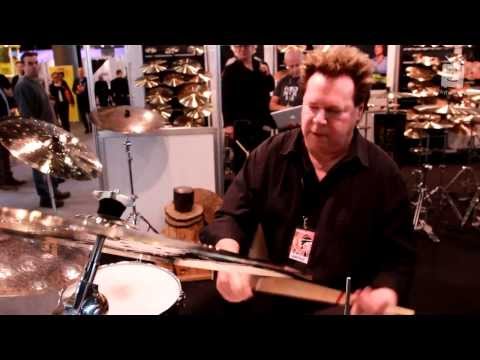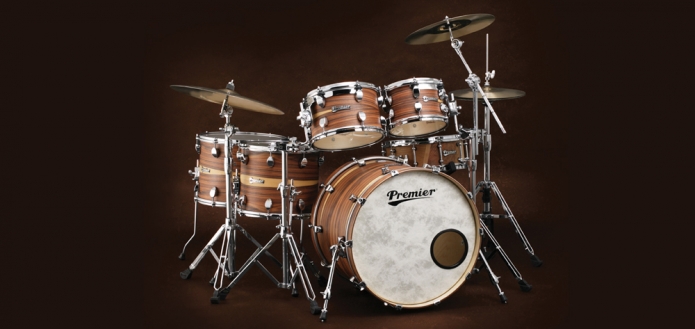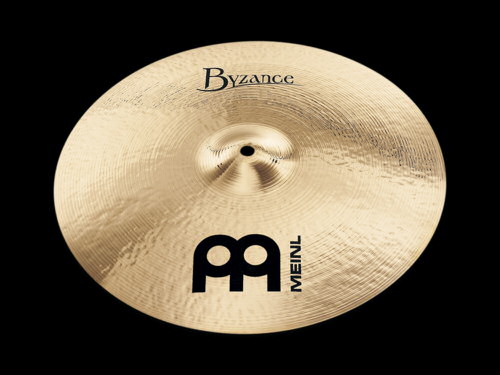Istanbul Mehmet presented by Rick Latham

Mehmet Tamdeger learned his art from Mikhail Zilcan, the grandson of Kerope Zilcan, after whom the Zilcan K series is named. In the 1950s, he worked in the K. Zilcan factory in Istanbul.
At the age of nine Mehmet Tamdeğer started to work for Mikhail Zilcan, grandson of Kerope Zilcan. Mikhail Zilcan and Kirkor Küçükyan taught him every aspect of this ancient Turkish art, based on a history that stems back to the early 17th century.
Istanbul Mehmet presented by Rick Latham
{youtube}NhVtdLEXsi8{/youtube}
Mehmet Tamdeger learned his art from Mikhail Zilcan, the grandson of Kerope Zilcan, after whom the Zilcan K series is named. In the 1950s, he worked in the K. Zilcan factory in Istanbul.
lAt the age of nine Mehmet Tamdeğer started to work for Mikhail Zilcan, grandson of Kerope Zilcan. Mikhail Zilcan and Kirkor Küçükyan taught him every aspect of this ancient Turkish art, based on a history that stems back to the early 17th century.
The Istanbul brand name was adopted by a cymbal works established by two cymbalsmiths, Mehmet Tamdeger and Agop Tomurcuk. At that time, they had over three decades of cymbal making experience. Mehmet and Agop named their company after the city that has been home to the epitome of high quality cymbals for many, many years: Istanbul. These cymbals were first exported to the U.S. in 1984, first under the name “Zildjiler”, and soon afterwards as “Istanbul”. Both craftsmen signed each cymbal and many of these cymbals are now collectors’ items.
After Agop Tomurcuk’s unexpected death in July 1996, Mehmet decided to continue the production of cymbals under his own name, İstanbul Mehmet. A lot has changed since then, but his belief in the richness and the character of a handmade cymbal will always remain. Machines don’t have ears. That’s why we continue to make our cymbals according to the ancient tradition – with an open eye towards the music that’s being made now, and in the future.



